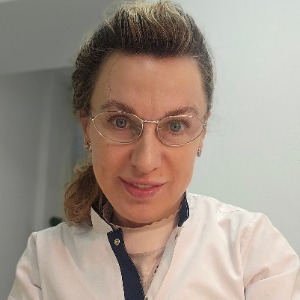Abstract:
Life in the frontline zone is characterized by daily multiple negative effects of extreme situations on humans. Social stressors associated with living conditions in frontline zones, such as sirens sounding around the clock, the threat to life at any time due to attacks and explosions, almost daily destruction of buildings, the inability to study offline in educational institutions, etc., lead to an increase in the incidence of obesity and thyroid dysfunction against a background of depressive and anxiety disorders.
During the week, 124 patients were consulted, including 75 (60.5%) patients with obesity. This is normal clinical practice. 65 patients with obesity (89.7%) reported that their weight gain occurred specifically in 2022.
The results of examinations of 34 female patients diagnosed with obesity and subclinical hypothyroidism due to autoimmune thyroiditis were analyzed. All patients received therapy to normalize their weight (GIP-1 agonists, metformin) for 9-12 months, but their weight did not change in the last 3 months, i.e., a "plateau" effect was observed. The average age was 38 ± 2.4 years. The patients answered questions from the Spielberger-Hanin Reactive and Personal Anxiety Scale (SPAS). Correlations were determined between the degree of anxiety symptoms and body mass index (BMI), the degree of insulin and leptin resistance. The clinical efficacy of obesity therapy was also assessed with the addition of methods to correct the neuropsychological state according to the dynamics of the SPAS test and according to BMI, insulin and leptin resistance.
Prior to the appointment of psychocorrectional therapy among patients with obesity and subclinical hypothyroidism living in the frontline zone, 28 (81.0%) individuals had high levels of reactive anxiety (46 points or more), while 21 people (60.2%) had high levels of personal anxiety. Against the background of psychocorrectional therapy, this indicator decreased to 44.0% for reactive anxiety (a decrease of 37.0%) and 36.2% for personal anxiety (a decrease of 24.0%). At the same time, the proportion of patients with low anxiety increased: reactive anxiety up to 30 points – from 5.4% to 18.8%, personal anxiety up to 30 points – from 4.3% to 35.5%.
Correlation analysis using Pearson's coefficient and the correlation graph showed that there is a very strong direct relationship between changes in BMI before and after treatment (r = 0.942; p < 0.05), a very strong correlation between changes in leptin levels before and after treatment (r = 0.942; p < 0.0001), and a moderately strong direct relationship between changes in the index HOMA before and after treatment (r = 0.669; p < 0.0001), indicating the presence of statistically significant associations between the studied indicators before and after treatment.
Clinically significant positive dynamics of anthropometric and metabolic parameters indicate the advisability of prescribing psychocorrectional therapy in patients with obesity in the prefrontal zone in order to achieve target in the complex treatment of obesity.




